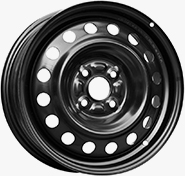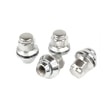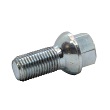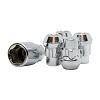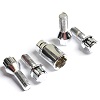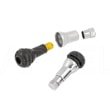Steel rim production process.
Vehicle wheels are a key element ensuring safety and driving comfort for all travelers. Drivers, for their visual appeal, most often choose aluminum rims for their cars. However, with the arrival of winter, steel rims are making a comeback, primarily due to concerns about damaging their nicer and more expensive counterparts. However, lower prices don't mean that producing such rims is easy.

The process of creating steel rims is highly complex and multi-stage. Apart from the rim design stage, the production process begins with the delivery of steel to the rim factory in the form of large rolls. The first step is cutting the appropriate length of steel and straightening it in a special press. Next, the selected piece of metal is carefully inspected and polished to remove any burrs or other surface imperfections. The next step is bending the prepared piece into a circle and welding its ends using a special automatic machine. While the joint is still hot, excess binder is removed from both sides of the rim. The steel sleeve is then subjected to pressing and rolling processes, which create characteristic humps across the entire width of the rim and a rim supporting the tire.

At the same time, a wheel rim disc is being formed from a steel disc at another station. The first press on the production line extrudes the central recess and marks the mounting pin holes. The next press creates the central hole and small windows for cooling the vehicle's brake discs. Finally, the metal disc is given a convex shape, further increasing its stiffness and allowing it to accommodate the brake kit.
The steel rim face prepared in this way is placed in a heated rim, and then the two components are welded or bolted together, depending on the wheel size. The final step is painting the resulting rim and, in some cases, installing the fan using a special sealant.

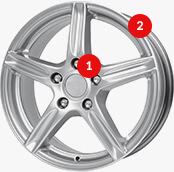

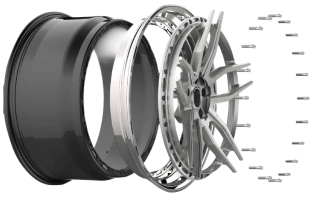
 Modern design
Modern design Perfect fit
Perfect fit High durability
High durability Free shipping within 24 hours
Free shipping within 24 hours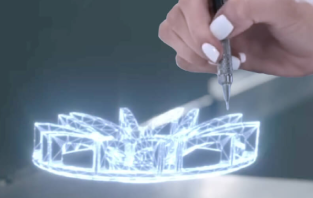
 Individual project
Individual project Dedicated caregiver
Dedicated caregiver